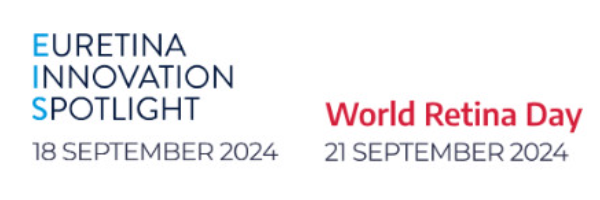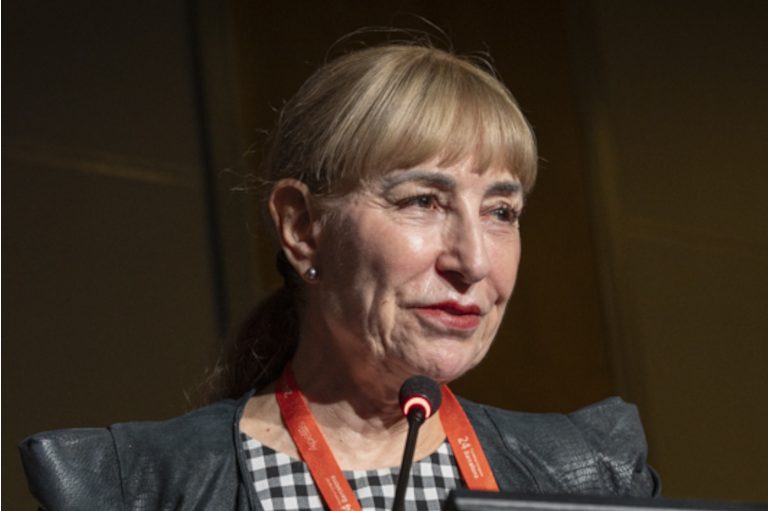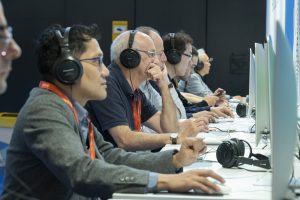Delegates attending the Saturday morning keynote lecture on diversity heard a talk that was scientific but differed from the talks that are typically heard at Euretina, said Prof Anat Loewenstein as she invited Baroness Susan Greenfield to the podium to speak about the intriguing subject of the neuroscience of individuality.
“I feel I am a bit of a fraud being here at a conference with ophthalmologists and eye experts because I am none of the above. My credentials are in neuroscience, but I want to persuade you that we have some value as we can suggest scenarios and stimulate ideas about some of the big questions that pose us today,” said Baroness Greenfield. “And, perhaps one of the biggest questions is, what makes you you.”
With her neuroscience background, Baroness Greenfield, addressed this question by looking at the brain, and she argued that the answer is the personalisation of the human brain through experience.
“Experience leaves its mark on the brain, and it does so by modifying connections. When stimulated by an enriched environment, brain cells grow branches that increase the surface area and that allows more connections. Connections enable us to personalise objects around our lives and enable us to look beyond the sensory press of the moment to navigate the world with more information and insight. This process transforms the brain into a ‘mind’ that is constantly interacting with its surroundings,” Baroness Greenfield said.
“As a result of this process, humans do not have just a mind, but also an inner state of consciousness. The mind and consciousness give us a uniqueness that enables us to be aware as individuals.”
Having suggested that the biological basis of the mind is the personalisation of the brain through unique dynamic configurations of neuronal connections that are driven by unique experiences, Baroness Greenfield explored the threats and opportunities to curating individuality. She said that the main threat is how life is being transformed by technology such that the human brain is mistakenly being equated with silicon systems, which ignores the uniqueness of the brain, and the growing tendency to exist in a cyber lifestyle that is forcing people to live in the present and devoid of external stimulation.
She discussed two opportunities to curating individuality. The first is to engage in “linear” activities, which are activities that provide a past, present, and future. Examples of linear activities include enjoying music, exercising, cooking, eating together, playing, and reading stories. “These are everyday activities that have a temporal sequence,” Baroness Greenfield said.
The other opportunity is creativity. Here she cited Einstein who said that only an individual can be truly creative. She listed challenging dogma and making connections (unusual associations) that have meaning as the steps to creativity. “The ultimate goal is to make unprecedented connections, but they have to have significance. When you see the world in a different way, that is the most exciting and fulfilling and amazing thing.
Doing something for the first time that no one else has done is the true fulfilment of individuality,” Baroness Greenfield concluded.
Registered attendees can watch the session On Demand.
























































































































